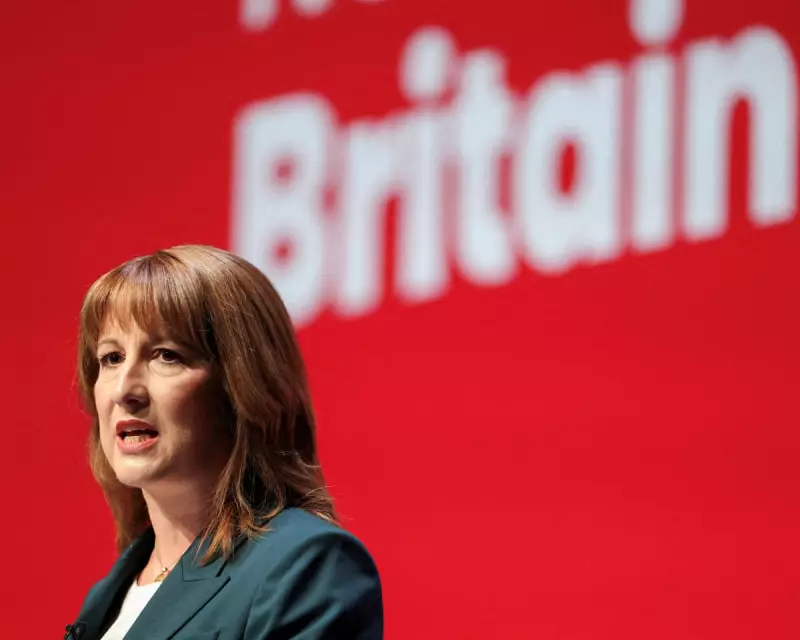
Britain's battle against inflation has become the defining economic challenge for Chancellor Rachel Reeves, with households and businesses alike feeling the relentless squeeze of rising prices. As the cost-of-living crisis deepens, all eyes are on Westminster for solutions.
The Inflation Conundrum
With inflation stubbornly persisting above target levels, the Chancellor finds herself walking a political tightrope. The traditional levers of economic control present a complex puzzle: while the Bank of England maintains its independence in setting interest rates, the Treasury holds significant influence through fiscal policy.
The Policy Toolkit
Several strategies are being debated within government circles:
- Targeted fiscal support for vulnerable households facing energy and food price shocks
- Strategic public investment in productivity-enhancing infrastructure
- Supply-side reforms to address structural bottlenecks in the economy
- Wage restraint coordination to prevent a damaging price-wage spiral
The Political Dimensions
The Chancellor's room for manoeuvre is constrained by multiple factors. The government's fiscal rules limit borrowing capacity, while political pressure demands immediate relief for struggling families. Meanwhile, business leaders warn against measures that could dampen investment and growth.
The Bank of England Relationship
A critical aspect of the inflation battle lies in the delicate dance between the Treasury and Threadneedle Street. While the Bank operates independently, close coordination is essential to ensure monetary and fiscal policies work in harmony rather than at cross-purposes.
As autumn progresses, the Chancellor's choices will define not only her political fortunes but the economic wellbeing of millions of Britons. The path to price stability remains fraught with difficult trade-offs and competing priorities.





